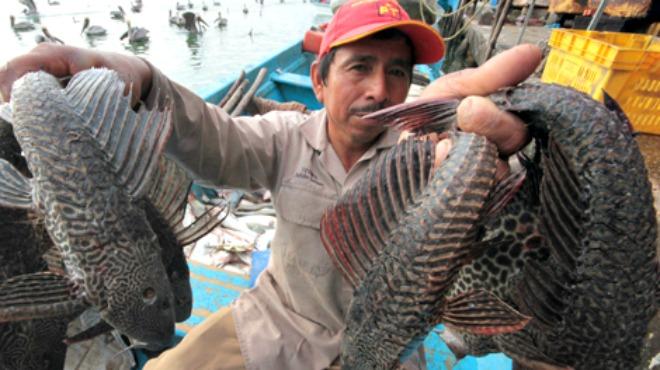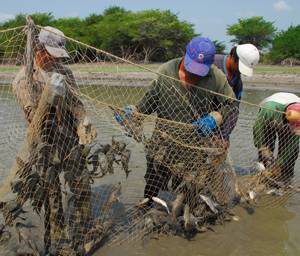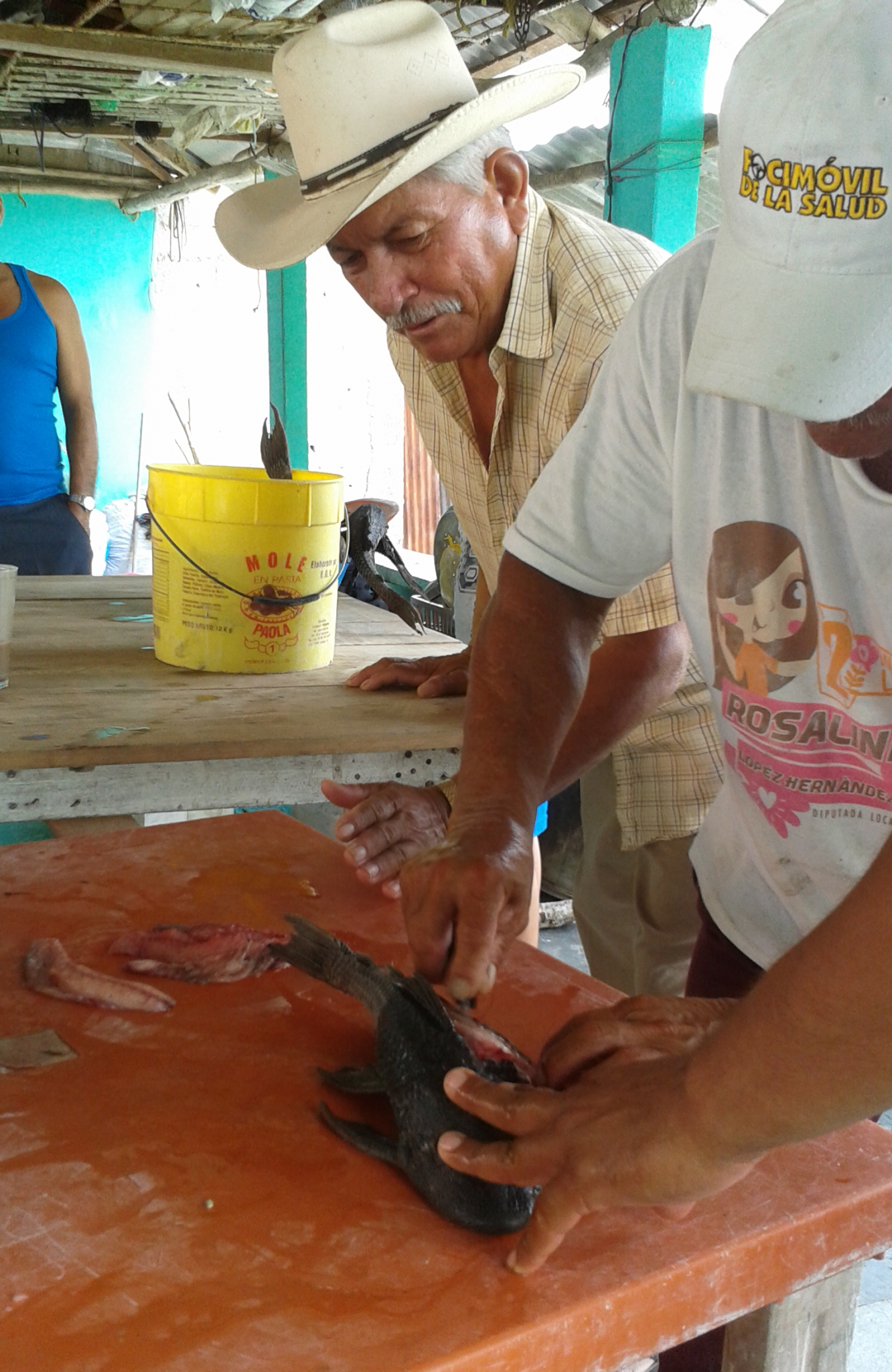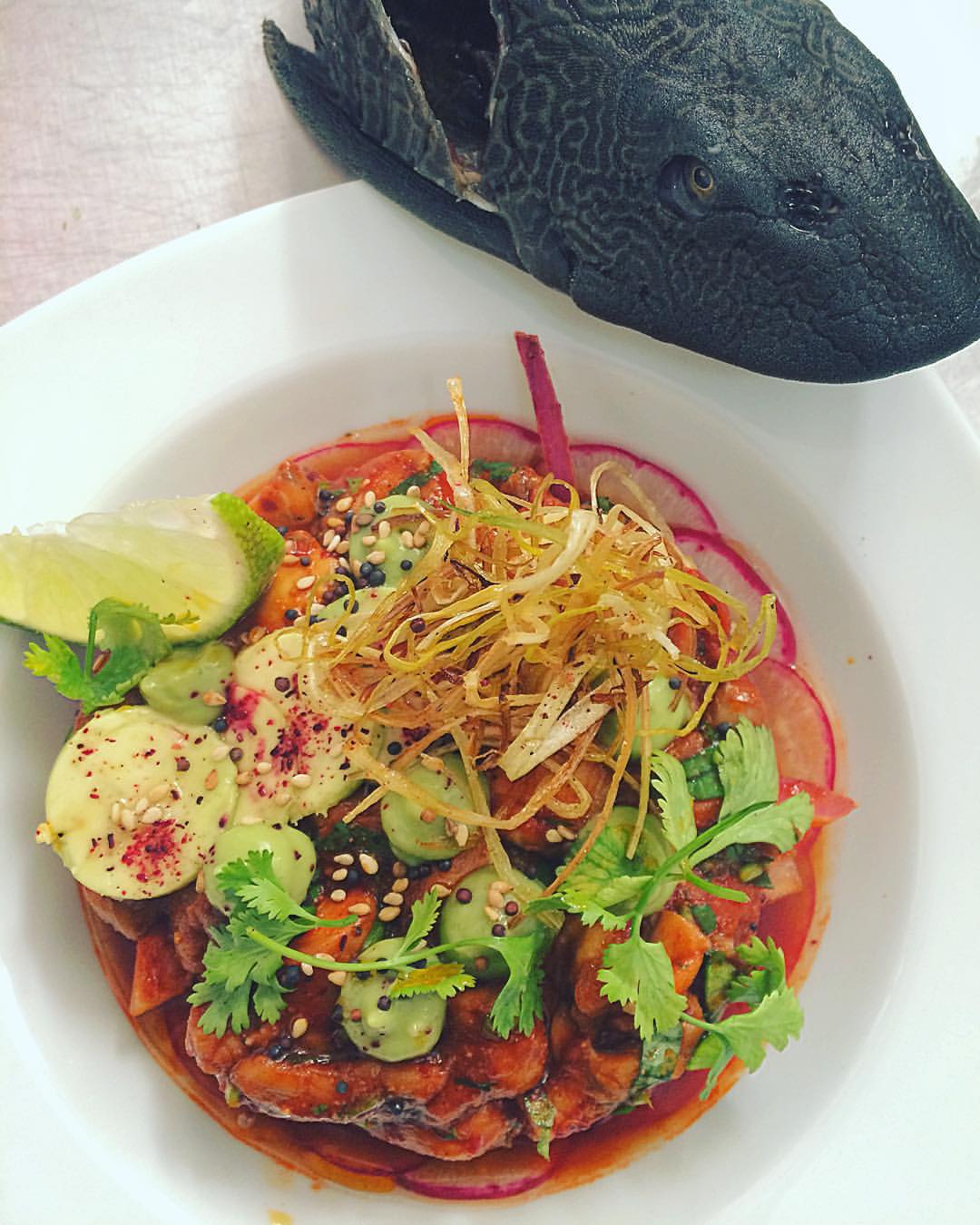Employing exotic animals and plants can help the fight against hunger and power economic development. UJAT’s Mike Mitchell reports.

Is there more that can be done with so-called ‘invasive’ species?
The introduction of ‘alien’ or ‘non-native’ species varies greatly around the world and through history. From stowaway rodents on cargo ships rodents, seeds or pollen clung to clothing or deliberately introduced as with Japanese knotweed, to pets released to unexpectedly thrive in the wild like lionfish, they are usually considered pests or weeds in their new homes.
The often devastating ecological and economic consequences – think cane toad in Australia – resulting from invasive species, not to mention the pathogens they carry, lead to eradication programmes including the widespread spraying of herbicides to eliminate invasive plants to redneck fishing tournaments to exterminate invasive species.
But why not cultivate them, farm them, eat them and sell them?

For example, the kudzu plant native to Japan is loathed in the US for its creeping takeover of agricultural land. It was deliberately introduced in the southeast of America in the 1930s and 40s after the ‘dust bowl’ to reduce soil erosion – farmers were even paid $8 per acre planted. Many still hate it, but this prejudice ignores the fact that the plant contains compounds with anti-inflammatory properties. And the roots are also used in a variety of dishes and sauces in Asian cuisine.
Introducing the ‘devil fish’
In southern Mexico, the arrival of the plecostomus freshwater catfish, beloved for its prowess consuming algae in aquariums, has decimated local fisheries and confounded local populations after spreading from its original habitat.

Because of its bizarre and unappealing appearance, as well as its role in diminishing native fish stocks, many residents believe the plecostomus to be useless or even poisonous, a misconception that we at the Universidad Juárez Autónoma de Tabasco (UJAT) seek to transform to an opportunity.
This ‘devil’ actually is packed with lean protein, omega-3 fatty acids, a wealth of valuable micronutrients, and is commonly consumed in its native Brazil. Through a series of presentations and workshops, we have worked over the past year to teach local communities about the plecostomus, including its origin, nutritional benefits and cooking methods.
Additionally, to spur demand and create a new income stream for rural fishermen hit hard by the plecostomus invasion, we have launched an initiative based on the marketing strategy behind the rise of the Chilean Sea Bass. By changing the name from devil fish to Acarí (its name in Brazil) and by selling only the fillets, we have begun to work with local chefs to promote the plecostomus as a tasty, nutritional alternative to ‘local’ fish like tilapia (which is native to the Nile river!) and carp.

Foe into friend
We train rural fishing cooperatives how to fillet and package the fish and manage the distribution, providing a steady alternative for fishermen that have seen native species all but disappear.
Since we began selling fillets in October, we’ve encountered numerous bumps along the way, ranging from sceptical diners to price negotiations with fishermen to failed deliveries caused by fickle mobile phone service in rural areas.
We currently average approximately 30 kilograms sold per week and hope to expand sales through increased promotion, tasting events and new restaurant partnerships in 2016.

There must be many other places where non-native species can be turned from an enemy of local food growers to a marketable commodity.
Jellyfish populations, which have expanded at an alarming rate due to a vicious combination of overfishing and climate change, are often viewed as inedible by-catch in the West. However, there are numerous websites devoted to edible jellyfish!
About Mike Mitchell
Mike Mitchell attended the Wharton School at the University of Pennsylvania where he concentrated in Marketing and Environmental Policy & Management. He was a Fulbright grantee in Tabasco, Mexico where he analyzed the socio-economic impact of rural small-scale aquaculture. He is currently a researcher with the Universidad Juárez Autónoma de Tabasco working with rural fishing communities.



This is an excellent base for further research and implementation in the food industry. I find it interesting that you said how local communities avoid eating invasive species and pests because of a “lack of information”. Are you referring to a sort of stigma to consuming “unclean” animals, which people might consider pests to be? I believe it’s this sort of impractical rationalizing that has brought on such an unsustainable food industry.
Hi James,
That’s a great point. Yes, that’s exactly the sort of stigma that we’re working against here in Southern Mexico. Because the pleco is considered a pest, in conjunction with its rather unappealing exterior, people believe it to be contaminated, inedible, poisonous, etc.
As you mention, this stigma has helped foster this unsustainable food industry – for example, people here are much more inclined to buy catfishes sold in local markets that are imported from farms in Asia that have proven quantities of contaminants and chemicals that people believe to be found in wild pleco here!